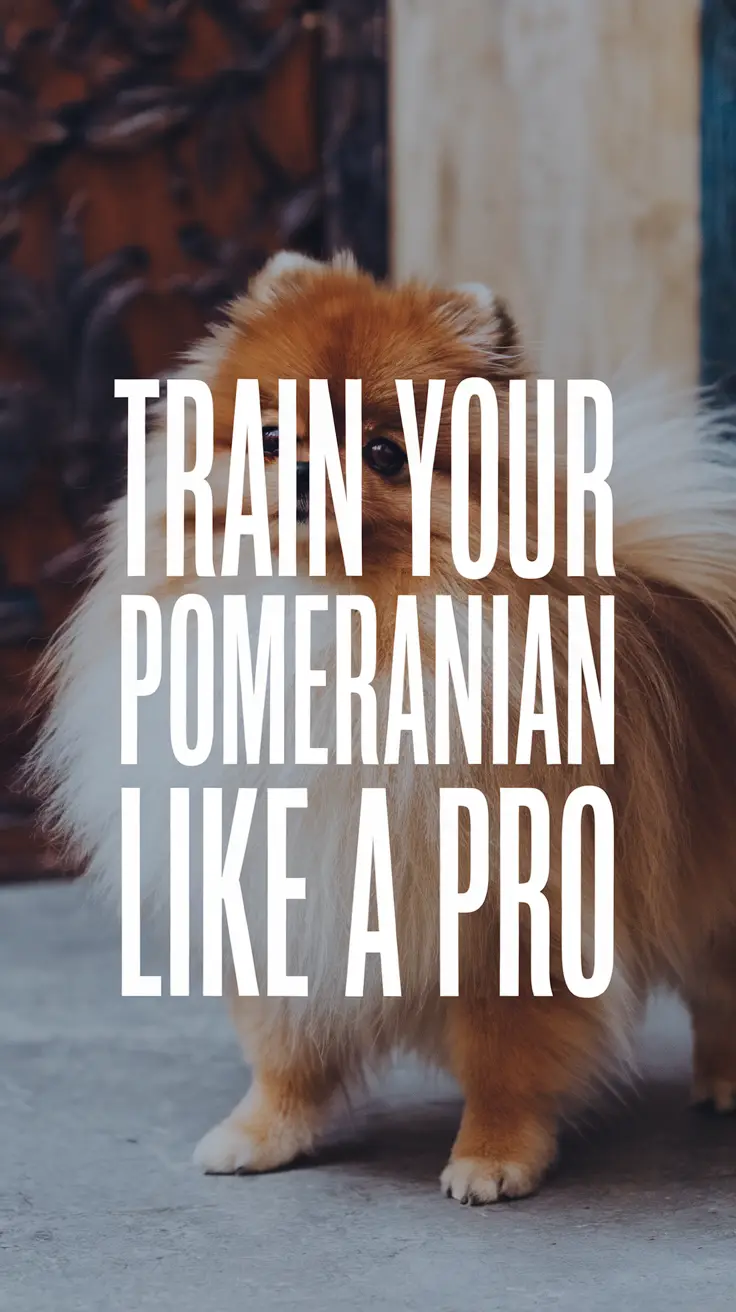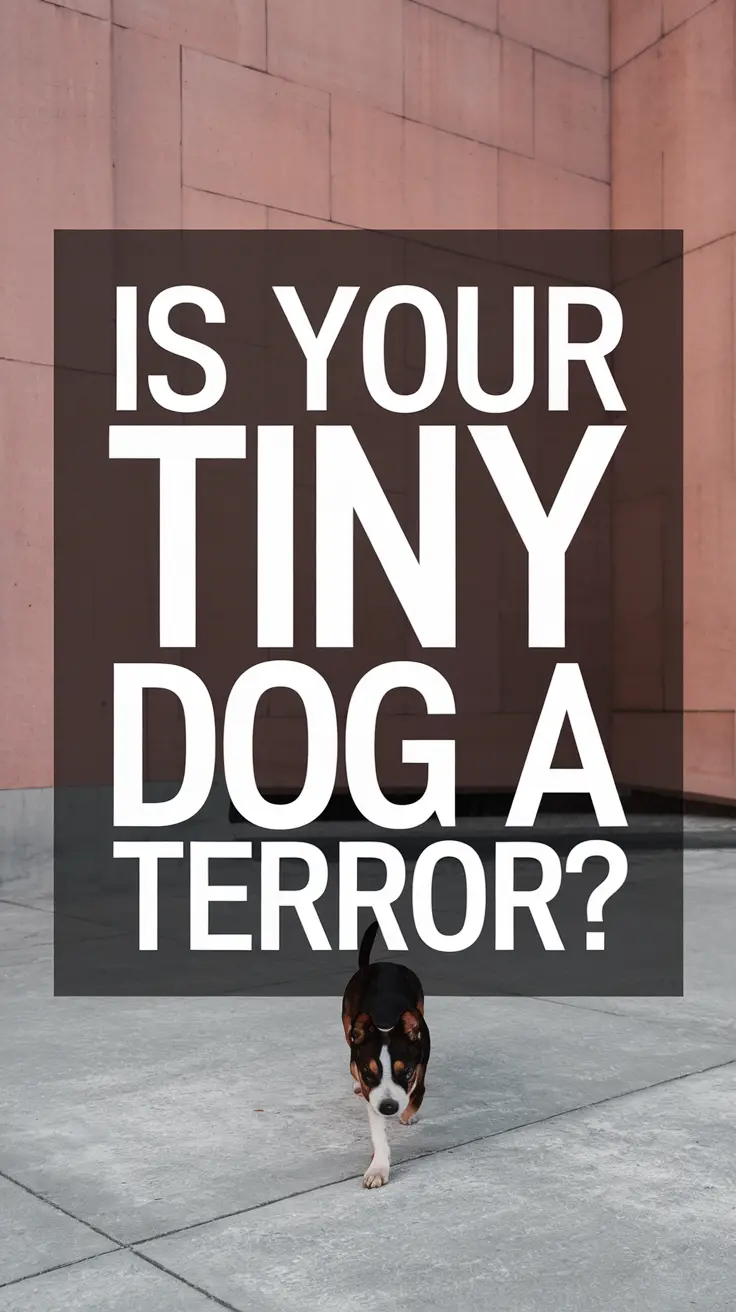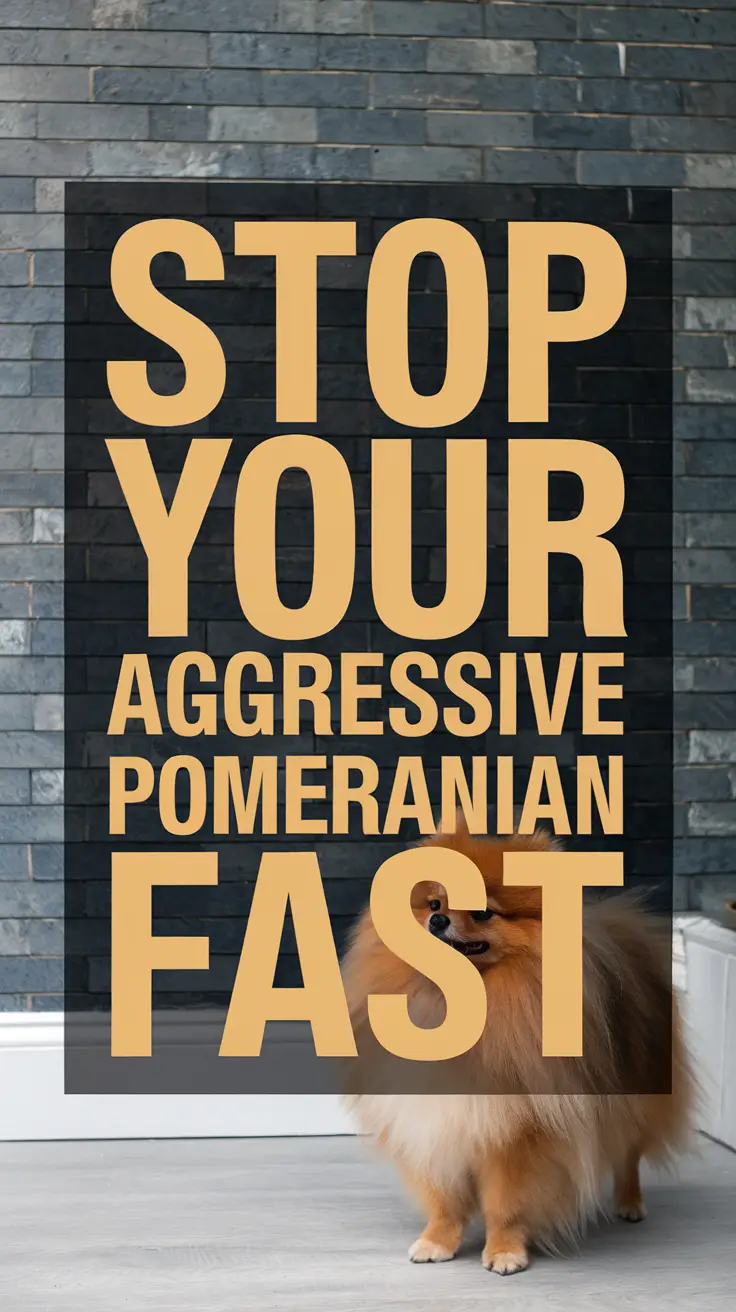When I brought home my fluffy tornado named Sash, I made a bold promise to myself: thirty days to transform this adorable chaos machine into a well-behaved companion. Spoiler alert – it’s absolutely possible, but not in the way you might expect.
Here’s what I discovered during our whirlwind month together:
- Consistency beats perfection every single time
- Pomeranian attention spans require creative training techniques
- The real transformation happens in your expectations, not just your pup’s behavior
The Reality Check: What “Trained” Actually Means
Before diving into my thirty-day adventure with Sash, let’s address the elephant in the room – or should I say, the five-pound furball bouncing off the walls. When I say “trained,” I’m not talking about having a canine Einstein who can fetch your slippers and brew morning coffee.
According to the American Kennel Club, basic obedience for small breeds focuses on essential commands that ensure safety and household harmony. For Pomeranians, this means mastering the fundamentals that work with their spirited personality, not against it.
Dr. Patricia McConnell, a renowned animal behaviorist, emphasizes that successful dog training is about building communication bridges between species. With Pomeranians, you’re building a very chatty, very opinionated bridge.
Week One: Foundation Building (Or: How I Learned to Speak Pomeranian)
Sash arrived with the confidence of a lion and the attention span of a goldfish. My first week strategy focused on three core areas:
Establishing Routine
| Time | Activity | Sash’s Reaction |
|---|---|---|
| 6:00 AM | Wake up and potty break | Treated it like a party invitation |
| 7:00 AM | Breakfast and training session | More interested in breakfast than training |
| 12:00 PM | Midday training and play | Peak performance time |
| 6:00 PM | Evening training session | Getting the hang of it |
| 9:00 PM | Final potty and wind-down | Surprisingly cooperative |
The “Name Game” Success
Pomeranians are natural performers, and Sash proved this theory within three days. Every time I said her name followed by enthusiastic praise and a tiny training treat, she’d cock her head with that signature Pom expression that screams, “Yes, I am indeed fabulous.”
The key insight: Pomeranians respond better to positive reinforcement than any other training method. Their egos are surprisingly fragile beneath all that fluff and attitude.
Week Two: The Command Breakthrough
By day eight, Sash had decided I was worth listening to – sometimes. This week introduced the big four commands that every Pomeranian owner needs in their toolkit:
- Sit: Mastered in two days (Poms are natural show-offs)
- Stay: Required creative bribery and lasted exactly 3.2 seconds initially
- Come: Worked perfectly unless something more interesting appeared
- Quiet: The holy grail of Pomeranian training
The “Quiet” Command Chronicles
Teaching a Pomeranian to be quiet is like asking a toddler to whisper in a toy store. Sash had opinions about everything: the mailman, falling leaves, her own shadow, and particularly that suspicious-looking fire hydrant across the street.
My breakthrough came when I realized that Pomeranians don’t want to stop talking – they want acknowledgment for their vigilant observations. Instead of fighting her natural watchdog instincts, I taught her the “Thank you, quiet” command sequence.
Here’s how it worked:
- Sash barks at perceived threat (usually a leaf)
- I acknowledge: “Thank you, Sash” (validation is key)
- Follow immediately with “Quiet” command
- Reward the silence, however brief
Within five days, she understood that she could report the news but didn’t need to be a 24-hour news channel.
Week Three: Advanced Maneuvers and Reality Adjustments
Confidence soaring, I attempted to introduce more sophisticated behaviors. This is where my thirty-day timeline met the immovable force of Pomeranian personality.
The Leash Walking Saga
Pomeranians approach leash walking like they’re leading a parade where they’re both the grand marshal and the marching band. Sash’s initial strategy involved pulling toward everything interesting while maintaining maximum drama about things that offended her delicate sensibilities.
Professional dog trainer Mike Richardson suggests that small breed leash training requires micro-sessions – two to three minutes of focused practice rather than long, exhausting walks that overwhelm their systems.
My adjusted approach:
- Indoor leash practice in familiar territory
- High-value treats for attention and position
- Celebration of small victories (walking three feet without pulling warranted a parade)
- Accepting that some days we’d walk the speed of continental drift
Week Four: Integration and Honest Assessment
As day thirty approached, I evaluated our progress with brutal honesty. Sash had transformed from a furry hurricane into a… well, a more predictable furry hurricane with better communication skills.
Our Success Scorecard
| Skill | Success Rate | Notes |
|---|---|---|
| Name Recognition | 95% | Only fails when ignoring me is more fun |
| Sit Command | 90% | Her signature move now |
| Stay Command | 70% | Duration varies by mood and distractions |
| Come Command | 80% | Unless a squirrel is involved |
| Quiet Command | 75% | Revolutionary improvement |
| Leash Walking | 60% | Work in progress, possibly lifelong |
| House Training | 85% | Accidents happen during exciting moments |
The Unexpected Lessons
Training Sash taught me more about patience, creativity, and small dog psychology than any book ever could. Pomeranians aren’t stubborn – they’re selective. They aren’t difficult – they’re discerning. They don’t ignore you – they’re conducting cost-benefit analyses faster than Wall Street traders.
What Actually Works with Pomeranians
- Micro-training sessions: 3-5 minutes maximum before their attention wanders
- High-value rewards: Find their currency (for Sash, it was freeze-dried chicken and excessive praise)
- Consistency without rigidity: Same rules, flexible methods
- Respect their intelligence: They know when you’re going through the motions
- Embrace their personality: Work with their natural traits, not against them
The Honest Truth About 30-Day Training
Can you train a Pomeranian puppy in thirty days? Yes, but with important caveats. You can establish solid foundations, create communication pathways, and see remarkable progress. You cannot expect perfection, eliminate all puppy behaviors, or transform their essential Pomeranian-ness.
The real magic happens when you realize that training isn’t about creating a robotic pet – it’s about building a relationship based on mutual understanding and respect. Sash learned to trust my guidance, and I learned to appreciate her spirited approach to life.
Potential Challenges to Expect
- Attention span limitations: Pomeranian puppies have the focus duration of caffeinated hummingbirds
- Selective hearing: They hear everything but choose what deserves responses
- Size-related confidence: They believe they’re much larger than reality suggests
- Weather sensitivity: Training may pause for unsuitable outdoor conditions
- Social priorities: People and other dogs often rank higher than training sessions
Your 30-Day Action Plan
Based on my experience with Sash, here’s a realistic roadmap for your own thirty-day journey:
Days 1-7: Foundation Phase
- Establish consistent daily routine
- Focus on name recognition and basic attention
- Begin house training with frequent, scheduled breaks
- Introduce one command (suggest starting with “sit”)
Days 8-14: Building Phase
- Add “stay” and “come” commands
- Begin leash introduction indoors
- Work on “quiet” command during natural barking moments
- Increase training session frequency but keep them short
Days 15-21: Expansion Phase
- Practice commands in different locations
- Begin outdoor leash work in controlled environments
- Introduce mild distractions during training
- Start linking commands together
Days 22-30: Integration Phase
- Practice real-world applications
- Test reliability in various situations
- Celebrate progress and identify ongoing development areas
- Plan post-30-day continued training strategy
Essential Tools for Success
Full disclosure: I have no affiliations with pet product companies, but I’ll share what actually worked during our training month.
| Item | Why It Helped | Honest Assessment |
|---|---|---|
| High-value training treats | Motivation for short attention spans | Essential but easy to overuse |
| Clicker | Precise timing for marking behaviors | Great once you master the coordination |
| 6-foot lightweight leash | Control without overwhelming small frame | Perfect length for Pom-sized adventures |
| Indoor potty area | Weather backup and convenience | Controversial but practical for tiny bladders |
| Puzzle toys | Mental stimulation between training sessions | Keeps clever minds occupied |
The Transformation That Really Matters
At the end of our thirty days together, the biggest change wasn’t in Sash’s behavior – it was in our relationship. She learned that I was a reliable leader worth following, and I learned that her apparent defiance was actually intelligence seeking direction.
The barking decreased not because she stopped caring about neighborhood security, but because she trusted me to handle situations appropriately. The pulling on walks reduced not because she lost interest in exploration, but because she understood that cooperation led to more adventures.
Training a Pomeranian isn’t about suppressing their magnificent personality – it’s about channeling that energy into a partnership that works for both of you. Sash is still dramatic, still confident, still convinced she’s much larger than her actual size. But now she’s all of those things within a framework that makes our life together joyful rather than chaotic.
So can you really train a Pomeranian puppy in thirty days? Absolutely. Just remember that the most important training might be happening in the mirror – teaching yourself to appreciate the remarkable little lion you’ve invited into your life, complete with all their fluffy, opinionated, utterly charming complexity.




